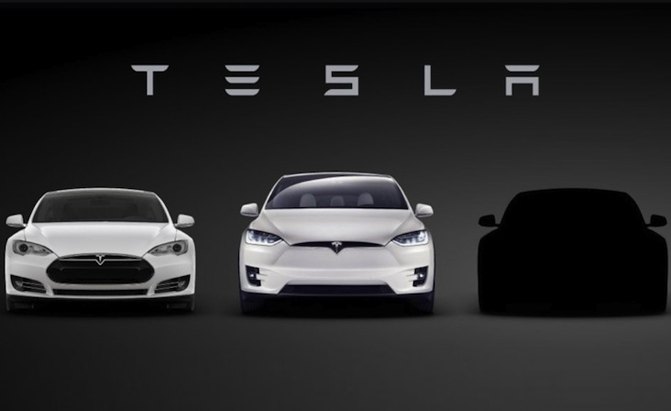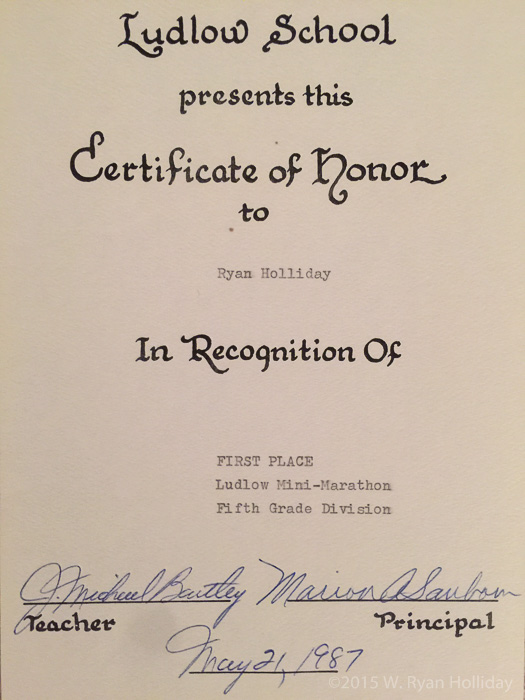I was wrong – Donald Trump will be the 45th President of the United States. In my 2016 predictions I said that he would win no more than four states in the primary, and in February I still thought that he would get “shellacked” if he made it to the general election. Three weeks ago he lost the popular vote by about two percent, but won throughout the Midwest, North Carolina, and Florida, thereby taking the electoral college by a decisive margin.
My thoughts on the election may not be worth reading, but it’s been a learning experience for me so here are some random bits to record for posterity:
- Just before the election the mathematical analysis that I most trusted indicated that Trump had approximately a one-in-three chance of winning, but it still felt like a blindside when results started coming in and states that had previously been considered sure wins for Clinton turned out to not be so sure. Polls indicated Clinton had a clear, often huge, lead for months, and up until the final days before the election even the Republican National Committee was forecasting a Trump loss, so after an entire campaign in which the Democrat was leading, the final result was a significant shock.
- The election showed me that, despite making an effort to seek out opinions different to my own, in this case I really had no idea that so much of the country would vote for someone like Trump. A big takeaway from this result is that I need to make more of an effort to listen to and understand others.
- Prior to the election the pundits were all writing about how the Republican party was doomed, and post-election the same pundits seem to be writing that the Democratic party is doomed. While the results obviously have massive ramifications, before overreacting both sides might do well to recognize that even though Trump won, he received two million fewer votes, and if just one out of every hundred Trump voters had flipped to Hillary, America’s first woman President would have been elected by a large margin.
- Following the election, protests erupted with people chanting “Not my President”, and petitions are circulating asking the electoral college to change the outcome. I understand the desire people have to do something to deal with what they foresee as a dangerous person moving into the Oval Office, but I worry about these specific tactics – while I believe that Trump will do damage to the country as its President, questioning his legitimacy and attempting to circumvent both the sixty million Americans who voted him into office and the process that put him there, is also damaging.
- Much of what I saw from Trump on the campaign trail scares me – I think his environmental policies are dangerous, I believe that his tax and trade policies are likely to balloon the debt and cause a recession, and I think his foreign policy is likely to do lasting damage in the world. It’s frustrating that a narrow victory can have such extreme ramifications – looking back at the 2000 election, a difference of just a few hundred votes might have prevented the Iraq War, to cite just one dramatic example. That said, Trump’s sixty million voters clearly feel differently, and I need to work harder to listen to and understand the issues that motivated them.
- While I truly hope that I’m wrong and that Trump is an excellent President, at the moment he threatens many things that matter to me, and thus it seems more important than ever to take action instead of passively relying on a President, governor, or other person to make things right in the world. As a small effort, the day after the election I increased my monthly donation to the Nature Conservancy, but much more is possible; hopefully this desire to take personal responsibility for the state of the world won’t fade and will actually lead to useful action.
- Last of all, America is an amazing country, but it is only at its best when unified. When there is a disaster Americans of all creeds and colors rush to help. People came together here to put a man on the moon, to give birth to the National Parks, to create amazing companies like Apple, Tesla and Boeing, and to invent everything from the airplane to the internet, along with countless other businesses and ideas. “United we stand, divided we fall” is a phrase commonly associated with figures from American history ranging from Patrick Henry to Abraham Lincoln, and now more than ever it seems vital to put those words into action by trying to ignore divisive voices, to remember that the stories in the news and on social media represent extremes rather than the norm, and to try to stay level-headed and keep an open mind when it comes to discussions on today’s hot-button topics.



